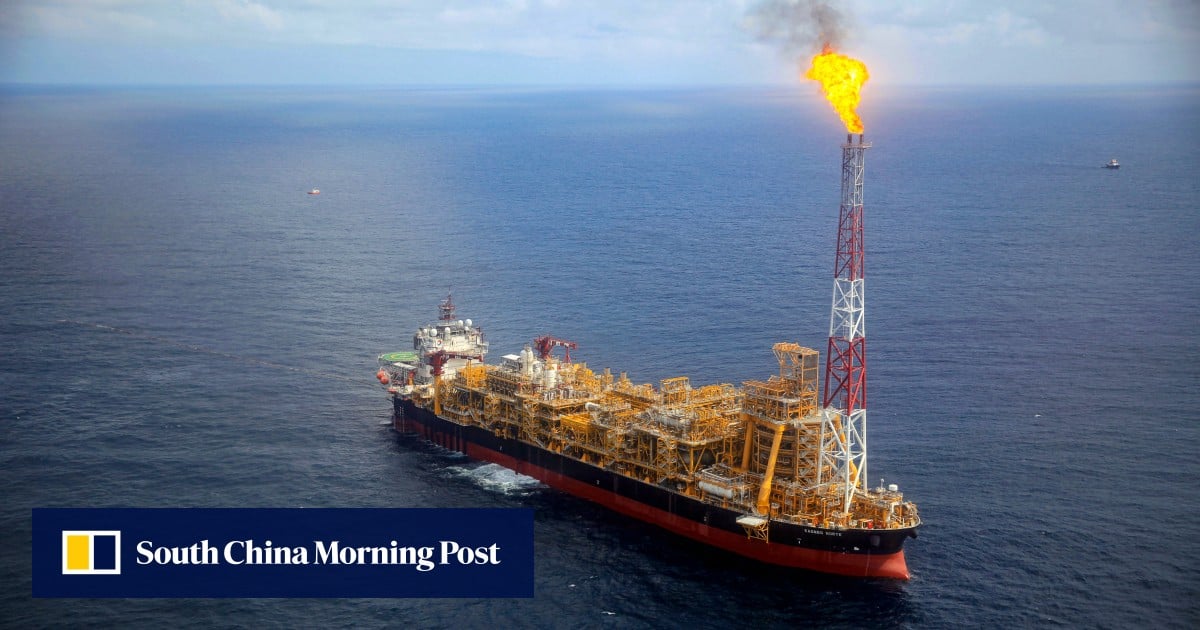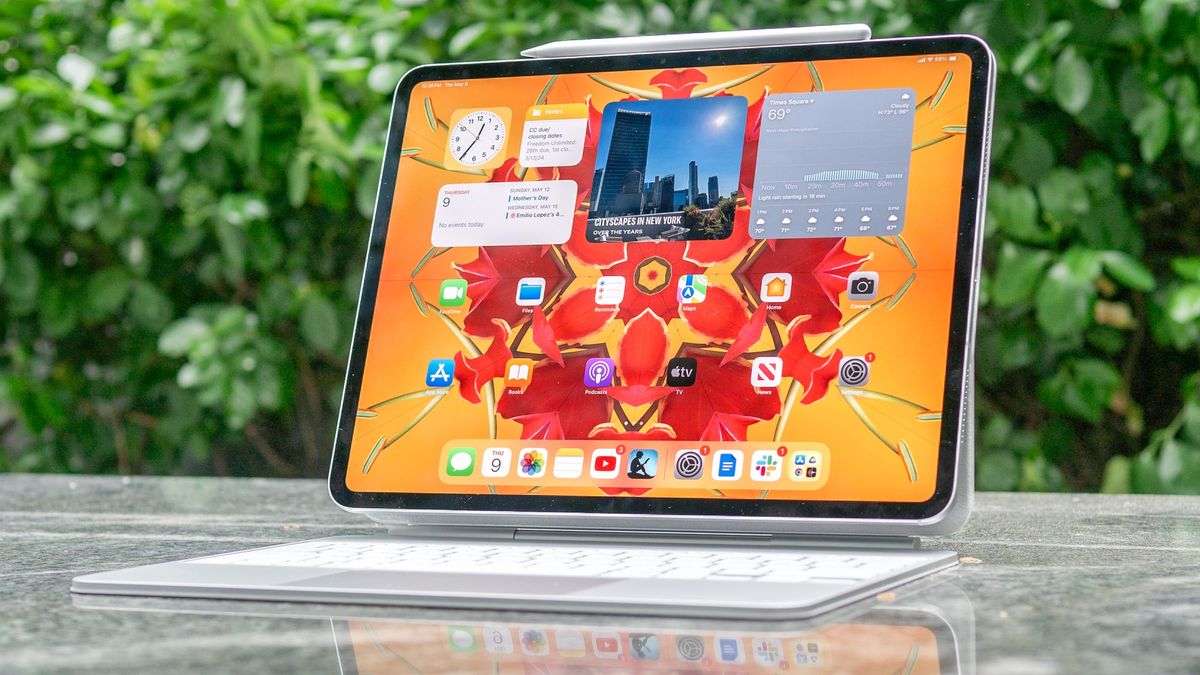Infra
Does China’s oil-for-infrastructure lending model in Africa need a rethink?

Observers backed Adesina’s view, noting that while these loans offer developing countries the funding they need, they can be expensive and subject to commodity price fluctuations, making repayment difficult.
Known as the “Angola model”, the funding concept provided billions of reconstruction dollars from Chinese lenders to Luanda two decades ago, when the West was unwilling to bankroll projects after 27 years of civil war in the oil-rich country.
Angola secured about US$24 billion from the Export-Import Bank of China and the China Development Bank (CDB) between 2004 and 2016 to fund infrastructure, ranging from schools and hospitals to roads and power transmission networks.
The model – which used Luanda’s oil revenues as collateral for the loans – worked well until 2014, when oil prices fell and Angola was forced to pump more of its reserves to service the debts.
Yun Sun, co-director of the East Asia Programme and director of the China Programme at the Washington-based Stimson Centre, said the Covid-19 pandemic and its economic impact severely damaged African countries’ ability to service their debts.
“While the resources-backed loans have not generated the economic benefits to pay back the loans, the debts and interests kept being due. The loan depended on a highly risky model to be viable and when it is not viable, the debtors are in big trouble,” Sun said.
Angolan President Joao Lourenco acknowledged in 2019 that the concept behind the oil-backed loans was not working and said his country was discontinuing the practice as “advised by the IMF and the World Bank”.
How China and Angola are redefining ties for a post-oil, post-loans era
How China and Angola are redefining ties for a post-oil, post-loans era
On a visit to China in March, Lourenco secured a debt relief agreement that will see Angola pay between US$150 million and US$200 million less per month to service its CDB loans.
A Natural Resources Governance Institute study in 2020 found several sub-Saharan African countries borrowed at least US$66 billion in resource-backed loans from overseas financiers since 2004, more than half from CDB and China Eximbank.
Gyude Moore, policy fellow at the Washington-based Centre for Global Development and a former public works minister in Liberia, said “there are questions about opacity and the difficulty of resolving such loans in times of debt distress”.
He said that while African sovereign states were free to enter loan contracts, the IMF drew on global public resources to respond when it was approached to intervene in times of debt distress.
“That makes sovereign debt accumulation a global development issue. The difficulty African economies faced getting relief from either [the Debt Service Suspension Initiative] or Common Framework makes opaque debt obligations unpalatable.”
IMF report says Chinese loans not main debt burden in sub-Saharan Africa
IMF report says Chinese loans not main debt burden in sub-Saharan Africa
Moore, who noted that China recently extended a 12-month US$400 million oil-backed loan to Niger via China National Petroleum Corporation, said that even in the most generous definition of success “we would struggle to find an African case where such loans were successful”.
He said South Sudan struggled to pay a similar oil-backed loan, resorting to using salaries to service it, Zimbabwe had discussed turning over to assets to pay off a private creditor, while Chad’s debt burden to European commodity trader Glencore took years to resolve.
In another example, Moore said the Democratic Republic of the Congo – the world’s largest producer of cobalt – “has repeatedly accused China of not holding up its end of a resource-backed deal”.
DRC President Félix Tshisekedi pushed for an overhaul of multibillion-dollar deals that he said were “poorly negotiated” under his predecessor Joseph Kabila, raising the issue during his visit to China last year.
Relief as Chinese firm reaches royalty deal on Congo cobalt mine
Relief as Chinese firm reaches royalty deal on Congo cobalt mine
In a renegotiated agreement over the Sicomines copper and cobalt joint venture, Sinohydro Corp and China Railway Group agreed to invest up to US$7 billion in infrastructure – an increase on the previously agreed US$3 billion in the minerals-for-infrastructure deal.
International project finance lawyer Kanyi Lui, partner and China head at multinational law firm Pinsent Masons, said resource-backed loans were once the remit of European commodities traders and lenders.
They became widely used when Chinese policy and commercial entered the market in the 2000s, but started to take on a darker undertone in Chad’s oil-for-money deal with Glencore in 2013 and 2014, according to Lui.
The Chad deal ran into difficulties almost immediately and had to be restructured in 2015 after a crash in global oil prices. Soaring interest payments meant the debt consumed nearly all of the country’s main source of revenue, leading to further negotiations.
IMF, World Bank must do more to defuse the bomb of poor nations’ debt
IMF, World Bank must do more to defuse the bomb of poor nations’ debt
Lui said Asian lenders, including from China, tended to offer more predictable and stable terms for resource-backed loans (RBLs) compared with other players. “On the whole, Chinese RBLs are a positive force in Africa.”
According to Lui, research has shown that Chinese and other Asian lenders of resource-backed loans tend to charge interest in the range of 0.5 to 3 per cent per annum.
“Chinese RBLs are also almost always provided in connection with building infrastructure, which addresses one of the main risk areas of RBLs and helps the borrower country develop its economy and capacity to repay,” he said.
But fluctuations in commodity prices and US interest rates are prompting a move away from these loans, according to Lui.
West races to challenge China’s dominance in African minerals market
West races to challenge China’s dominance in African minerals market
Resource-rich countries around the world are starting to embrace a value-added approach to the processing of their raw commodities. By requiring these services to be performed in-country, the model helped the local economy and helped boost the skills of its labour force, he said.
“A great example is how Indonesia and Chinese enterprises have very successfully teamed up in recent years to promote the establishment of integrated mine-refine-manufacture-export projects in EV battery and stainless steel,” Lui said.
Zhou Yuyuan, deputy director at the Centre for West Asian and African Studies at the Shanghai Institutes for International Studies, said resource-backed loans provided countries in urgent need of funds with the support they needed for development.
“In the cases of Angola and the DRC, oil and minerals for infrastructure development deals have played an important role in promoting infrastructure development and economic growth in both countries,” he said.
According to Zhou, the resource-backed loan model in Angola and the DRC has been successful overall, despite the economic pressure it can cause borrower countries when prices fall.
“The important role of this model in promoting infrastructure and national development in both countries cannot be denied because of the current debt problem,” he said.
“Just as other countries also have debt problems, infrastructure construction will inevitably lead to an increase in debt. But as patient capital, its important role in supporting future economic development should be viewed comprehensively.”










